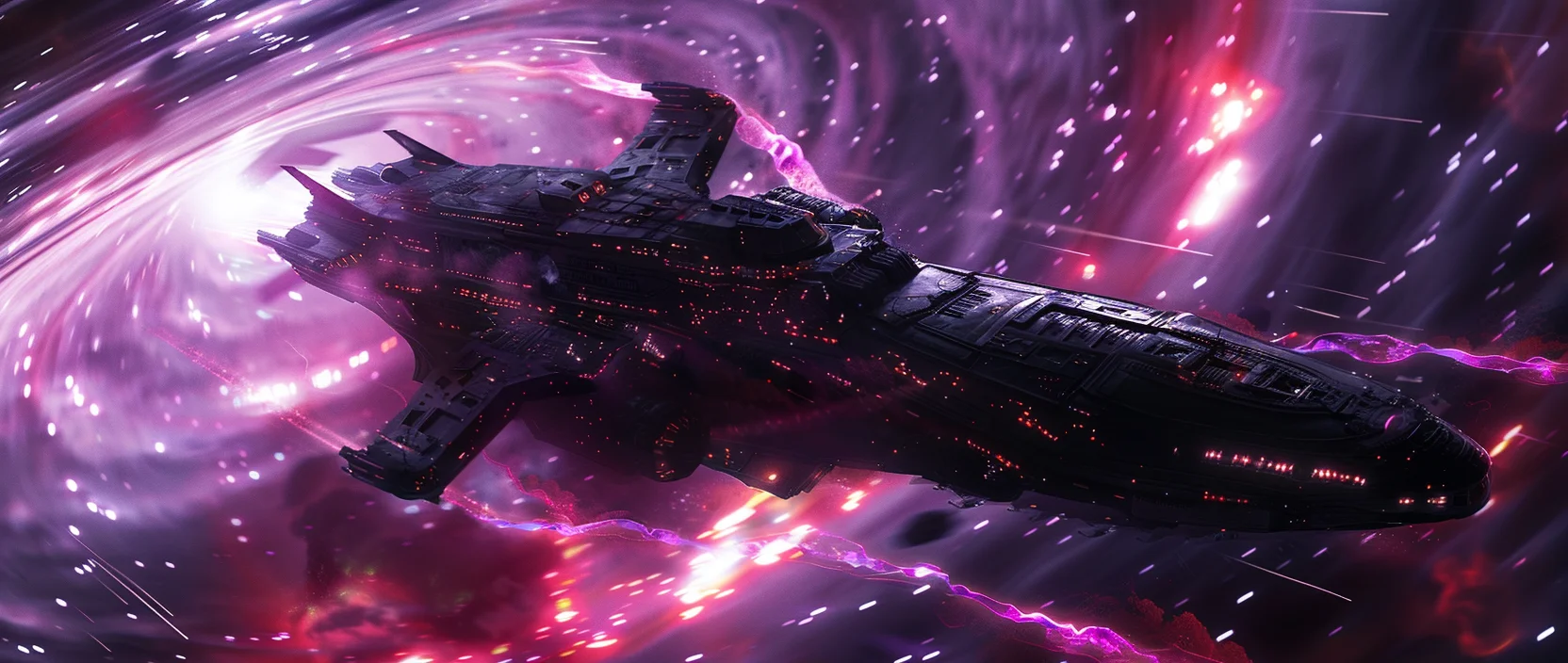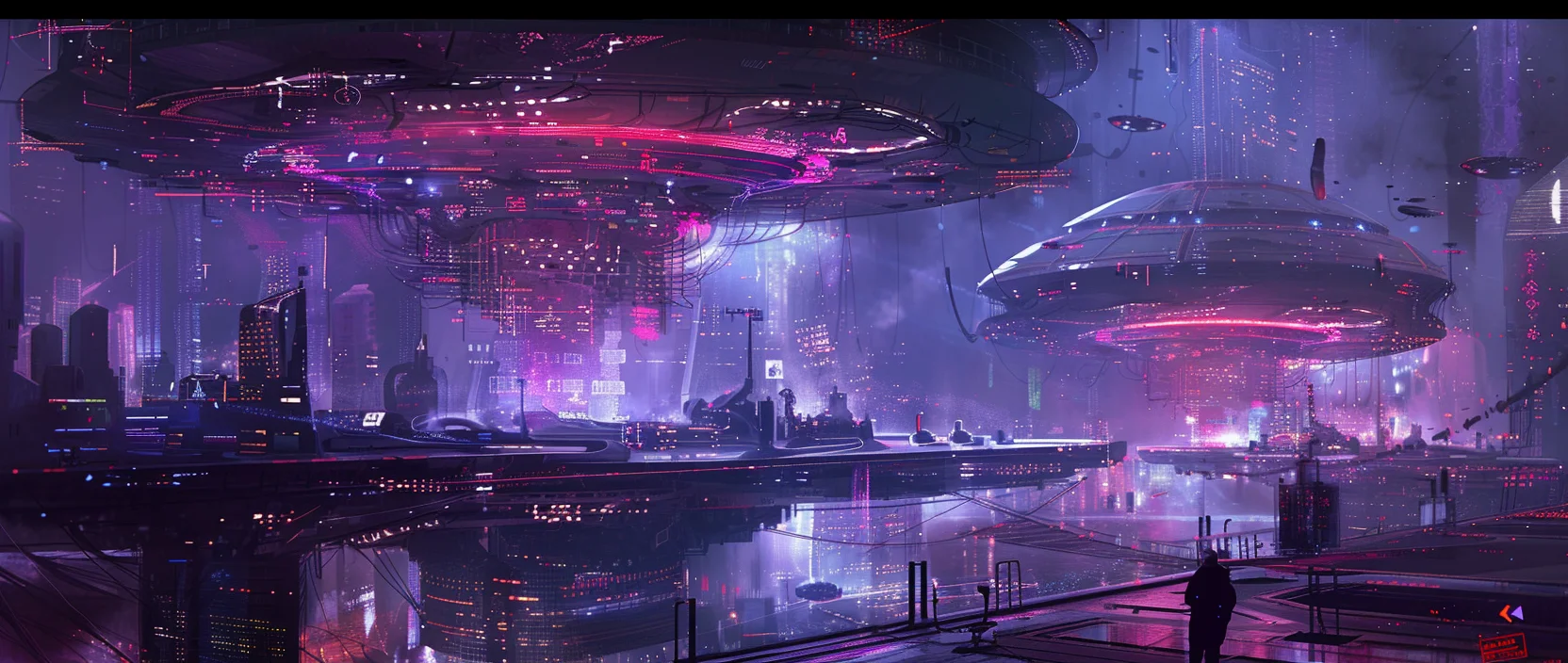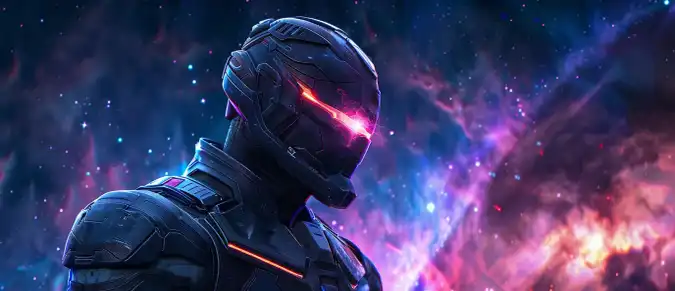SERA Mission Control is a Web3 strategy experience where players become commanders of space expeditions, manage fleets of starships, gather resources, and participate in missions aimed at exploring and expanding across the galaxy. The game is built on an economic model in which key assets exist as NFTs and can be freely used, upgraded, and traded on the open market. Thanks to its integration with a Telegram bot, the project provides simple and convenient access to gameplay, lowering the entry barrier and creating a dynamic and accessible game environment.
Contents
- Game Concept and Structure of SERA Mission Control
- NFT Ecosystem and Asset Roles
- Key Gameplay Mechanics of SERA Mission Control
- Economic Model and In-Game Market
- Community and Development Prospects
- Conclusion

1. Game Concept and Structure of SERA Mission Control
SERA Mission Control places the player in the midst of interstellar expansion, where space conquest is both a strategic challenge and an economic process. Every mission, action, or ship upgrade influences the long-term development trajectory of the player's account. The game does not limit the user to a fixed storyline; instead, it creates an environment where choices have real and lasting consequences.
A key feature of SERA is the use of Telegram as the primary interaction platform. This simplifies gameplay: players can upgrade fleets, gather resources, undertake missions, and trade directly through the messenger interface. This approach makes the gameplay daily, dynamic, unobtrusive, and accessible even with limited time.
The internal world logic forms a natural progression loop: missions provide resources, resources allow upgrades, upgrades increase mission efficiency — maintaining consistent development flow. As the player progresses, short-term decision-making shifts toward long-term strategic planning. The longer the player remains in the ecosystem, the more meaningful their strategic choices become for the future of their fleet.
2. NFT Ecosystem and Asset Roles
All core in-game elements exist in the form of NFTs, ensuring real ownership and the ability to strategically use assets. The interconnection of elements creates a stable economy and allows players to develop unique progression styles.
| Asset | Role in Gameplay | Economic Importance |
|---|---|---|
| Spaceships | Main tools for completing missions and exploration | Define strategic power and value of the player's account |
| Commanders | Lead ships and increase mission success probability | Expand tactical depth and efficiency |
| Modules and Equipment | Modify ship characteristics and combat functions | Creates ongoing demand for upgrades and resource acquisition |
| Resources | Used for upgrades and unlocking new regions | Form the foundation of market dynamics |
It is important to note that asset value is not static — the price is determined not only by rarity, but by how effectively the player utilizes the assets. Synergy between ships, commanders, and equipment has a significant impact on combat and economic efficiency. Thus, NFTs in SERA are not just collectibles but functional tools integrated into gameplay and economic strategy.
3. Key Gameplay Mechanics of SERA Mission Control
SERA Mission Control combines exploration, strategy, and resource management. The player must not only complete missions, but also plan long-term development.
- Galaxy Exploration: discovering new areas with varying risks and rewards.
- Fleet Development: selecting ships and modules optimized for specific missions.
- Mission Execution: earning resources and increasing commander rating.
- Asset Trading: exchanging NFTs on the open market and within the game.
- Alliance Cooperation: coordinating actions in shared operations.
Each mechanic contributes to overall strategic depth. Players can pursue aggressive expansion or steady, infrastructure-based growth. This variety prevents repetitive gameplay and supports long-term engagement.

4. Economic Model and In-Game Market
The economy in SERA Mission Control is based on free market pricing: the value of assets is determined by players, not preset algorithms. Resources, ships, and modules can increase or decrease in price depending on demand, mission complexity, and overall player activity.
This is not a “quick profit” model; value is created through time, strategy, and participation. A player who manages resources wisely can strengthen their position without continuous spending.
The system avoids hyperinflation through upgrade and consumption mechanics that maintain ongoing demand. This keeps asset prices stable and the economy self-regulating — driven by gameplay, not artificial limitations.
5. Community and Development Prospects
The development of SERA Mission Control is strongly community-driven. Developers maintain communication through Telegram and AMA sessions, refine balance, and introduce new missions and features.
Roadmap highlights:
- Introduction of PvP modes
- Formation of guilds and alliances
- Expansion of galactic regions and events
- Enhancement of market tools
The community influences gameplay evolution, shaping culture and strategic diversity. As collaboration grows, SERA evolves from a game into a full-scale socio-economic universe.
6. Conclusion
SERA Mission Control is not just a game, but a developing cosmic ecosystem where strategic thinking, resource management, and social interaction form the foundation of the player experience. Thanks to its integration with Telegram, the project makes Web3 mechanics accessible to a wide audience, providing a smooth entry into the NFT economy and long-term gameplay progression. Here, the player is not simply completing tasks — they are building their fleet, forming economic ties, and actively contributing to the value of in-game assets.
The balance between exploration, trade, and collaboration creates a dynamic environment in which decisions truly matter and outcomes depend on strategy and engagement. This prevents repetitive gameplay and helps maintain interest over time. The planned expansion of game mechanics — including PvP, guilds, and cooperative missions — opens opportunities for deeper social and economic scenarios.
If the project continues along its current development path, SERA Mission Control has the potential to establish itself as one of the standout Web3 games of the new generation. It unites meaningful gameplay with real asset value, making progression deliberate and participation rewarding. The community, actively shaping the universe, becomes the core resource of the project — while the game itself evolves into a platform for collaboration, strategy, and shared experiences.





